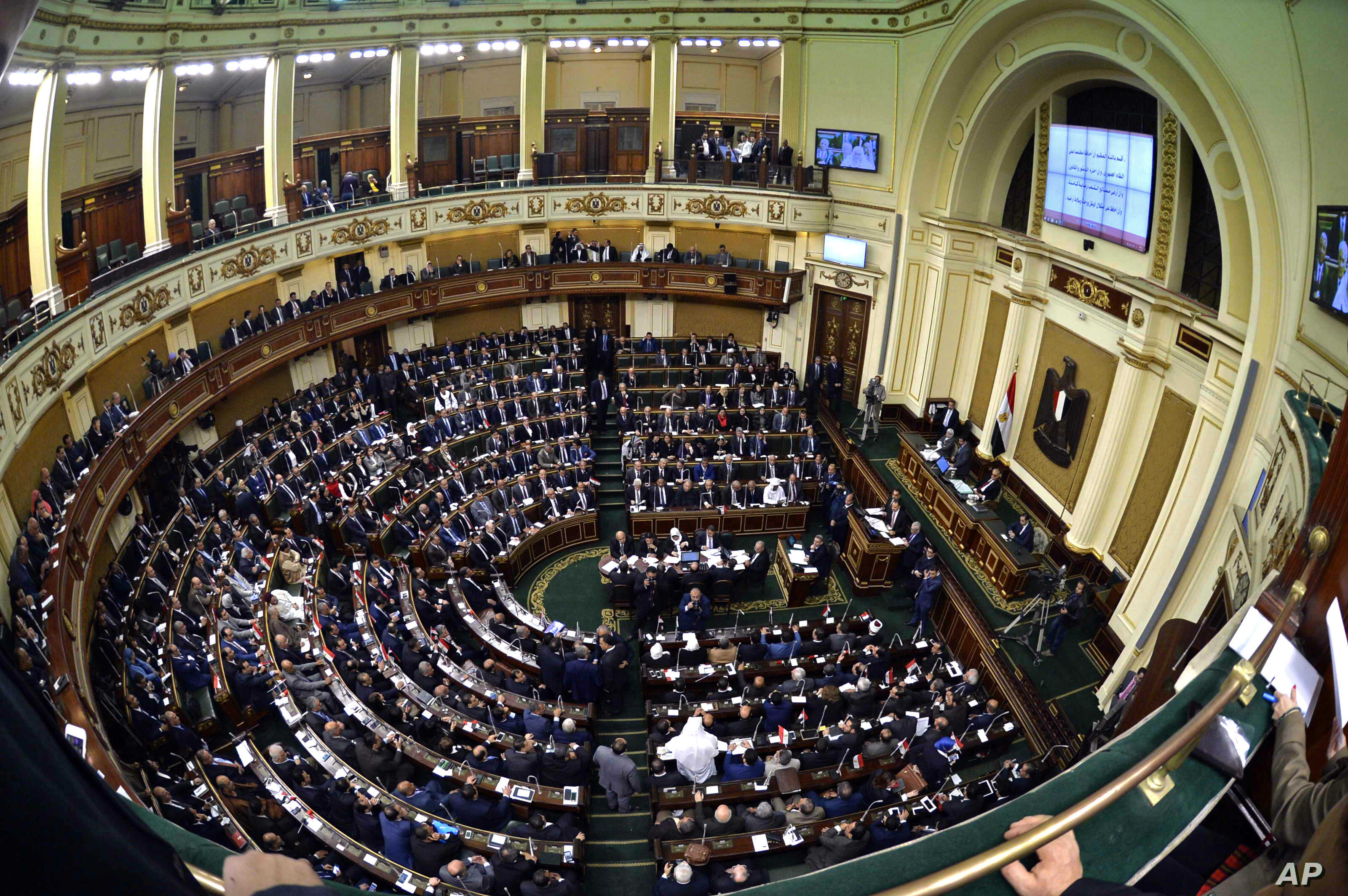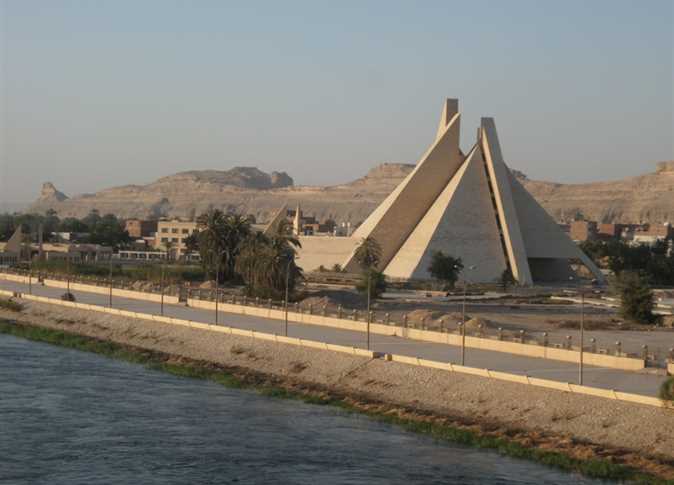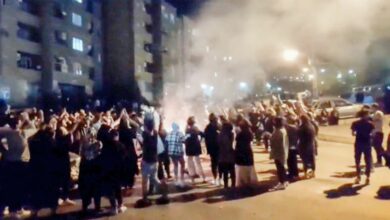This time last year, Hajj Sueilam would sit in his Nasr City cigarette kiosk and look out at a low cement wall across the street, bearing a gallery of simple and mostly crude graffiti messages, from soccer-centric slogans, to local phone numbers, to the reasonable but grammatically-mauled calls for female companionship from someone named “Tito”.
Today, the view is different and in Hajj Sueilam’s opinion “much nicer.”
“Before the 25 January revolution, that wall was covered in vandalism and obscenities,” the 50-year-old said. “Now, it’s covered in art.”
A few weeks ago, Hajj Sueilam was surprised to find a group of teenagers, armed with paint buckets, brushes, sponges, and spray-paint canisters, walking down his street. They went to work on the block-long wall, scrubbing away all traces of soccer idolatry and libidinous cravings and creating in their place a series of brightly-colored murals celebrating the victory of the recent revolution.
“Since the revolution, it’s become a familiar scene — kids cleaning the streets, painting tree trunks red, white, and black, and trying to make things beautiful,” Hajj Sueilam said, admitting that what pleases him the most are murals similar to the one across from his kiosk. “Cleaning up and decorating is nice, but watching those kids working together, and working hard, to create art that was inspired by a revolution that they were responsible for — it makes your heart soar.”
Especially, Hajj Sueilam added, for an “old man” like himself, who, after years of scrutinizing younger generations from within his cigarette kiosk, had built a firm belief that “those kids were all a bunch of good-for-nothing drug addicts.”
“I was wrong,” he shrugged. “Obviously, some of them are still complete bums, but the majority of them showed us how aware they are. They showed us how strong their voices were, and,” he said, gesturing across the street, “they continue to do so.”
“I don’t get why so much of the writing has to be in English, though,” he grunted. “This is the Egyptian revolution. That artwork was created by Egyptians, and the people who live on this street are Egyptians.”
Despite his objections, Hajj Sueilam still approves of the effort and those responsible, stating that they should be treated with “respect, because they are respecting the revolution, and perpetuating its spirit.”
“It’s not just art,” he said. “It’s history, and a national reminder of the suffering we went through, the people that we lost, and the freedom that we gained.”
Ahmed Mohamed Ahmed agreed. “History isn’t just found in books, or on the internet,” the 27-year-old said. “It’s on the streets.”
As a branch manager for Toys Land, on Nasr City’s Ahmed Fakhry Street, Ahmed enjoys a clear view of another mural honoring the triumph of the revolution, as well as its martyrs.
“They started working on it earlier this month,” Ahmed said, of the artists responsible for the “inspiring” artwork. Although he watched them work for a few days, Ahmed never approached the artists. “I didn’t want to interrupt them,” he said. “I was enjoying watching them work, and now I’m enjoying the results.”
“It’s definitely uplifting,” said Ahmed, who spends most of his day surrounded by toys and party costumes. “For once, your attention is being grabbed by something positive on the streets — a sight that doesn’t make your heart sink, or leave you depressed.”
As for the incorporation of English phrases — including “Yes, we can” — into the artwork, Ahmed doesn’t mind. He believes that “the more languages, the more people can read it, the better.”
“In the end, it all applies,” he said. “‘Yes we can’ might have been Obama’s message, but it works for us too.”
On his daily drive to and from the toy store, Ahmed claims to see several other works created by the anonymous group, who, based on a phrase repeated throughout their murals, seem to be calling themselves “Freedom Painters”.
“Before the revolution, any graffiti would quickly be scrubbed off, or painted over,” Ahmed said. “Even the skillful, non-offensive stuff.”
Not only does Ahmed hope that this new trend will continue to grow, but he believes that the newly-formed government should take advantage of the youthful initiative, and further foster it.
“These are considerable talents that are clearly devoted to the country, and its people’s well-being,” said Ahmed. “The government should sponsor them, and make an example of their enthusiasm and patriotism.”
“Imagine a mural running the length of the corniche,” he suggested. “Or government facilities bearing artistic logos and murals — it would be a vast improvement on the depressing buildings we have now,” he said, claiming that these government institutions are not only old-fashioned and “sick-looking,” but remnants of “an age that has been brought to its long-overdue end.”
“It wouldn’t cost much,” he reasoned. “Paints, brushes, art supplies — those things aren’t that expensive. A single generous businessman could sponsor such an effort independently.”
“It makes sense,” he insists. “A new coat of paint for a new beginning.”




